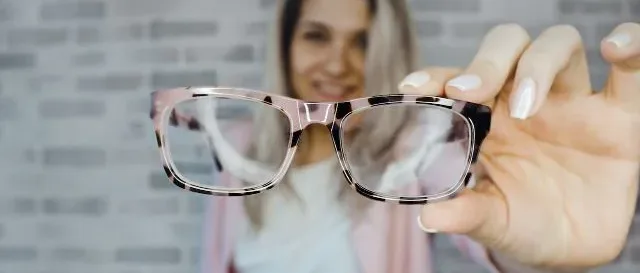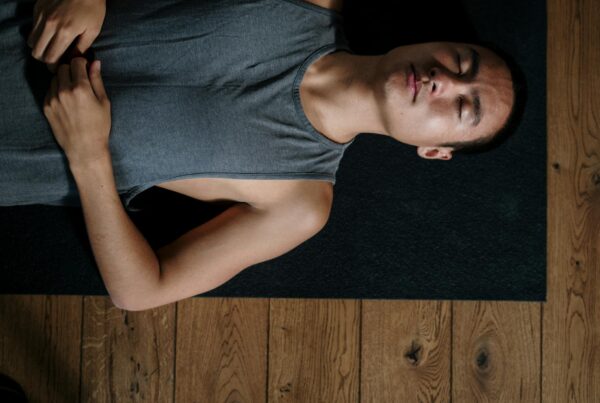Per the World Health Organisation, cataract is still the leading cause of blindness globally.
Globally, it is estimated that more than 94 million people are blind due to cataracts. Additionally, there are 2.2 billion people with visual impairment, of which at least 1 billion people have visual challenges that could have been prevented or are yet to be addressed.
What is cataract?
Cataract is when proteins in your eye’s natural lens break down, causing the lens to become cloudy and vision to turn blurry, hazy, and less colorful as a result.
The signs of cataract are:
- Having blurry or clouded vision, as if looking through a dirty window
- Trouble seeing at night
- Seeing halos around lights
- Sensitivity to light and glare
- Seeing double or a ghosted image
- Double vision
- Requiring brighter light for reading
- Having trouble seeing well at night
- Seeing bright colors as faded or yellow instead
Over time, cataracts can lead to vision loss.
Age is the most common cause of cataracts due to the normal eye changes experienced after the age of 40. Although vision loss in most age-related cataracts develops gradually, others can be accelerated, such as those found in younger people or those diagnosed with diabetes.
The most significant contributing factors for cataracts include smoking, eye injuries or surgery, and long-term exposure to sun without UV sunglasses. Regardless of the type of cataract you have, you will need surgery to treat it.
Ending Avoidable Blindness
There are many campaigns around the world aimed at reducing cataract blindness. For instance, in South Africa, the OSSA Right to Sight Trust, an initiative of the Ophthalmological Society of South Africa, is giving the gift of sight to around 500 financially needy patients who are either partially sighted or blind due to untreated cataracts.
The campaign involves:
- ophthalmologists giving their time and skill
- private hospitals donating facilities
- funding partners and sponsors providing access to intraocular lenses and consumables for cataract surgery
You can visit Right To Sight to support the Trust in reaching more patients during Eye Care Awareness Month in October.
A guide to healthy eyes
I urge everyone to take care of their eye health by:
- Have an annual eye exam for those older than 65, or every two years if younger.
- Protecting their eyes from UV light by wearing a hat and sunglasses that block at least 99 percent UV.
- Quitting smoking
- Making eye-healthy food choices by eating plenty of fruit, vegetables, leafy greens, nuts, and whole grains.
- Using brighter lights for reading or a magnifying glass
- Limiting driving at night once night vision, halos, or glare becomes a problem
- Managing other health problems such as diabetes
- Immediately visit an eye care specialist if vision loss is impacting your regular activities.
References
- World Health Organisation: Blindness
Who is the author?

Dr. Bayanda Mbambisa
Dr. Bayanda Mbambisa is currently the Head of Clinical Unit: Ophthalmology at Port Elizabeth Provincial and Livingstone Hospital in Gqeberha, with an interest in anterior segment, cornea, and community ophthalmology. She is also a Senior Lecturer at Walter Sisulu University.
Dr. Mbambisa is currently the chair of the Board of Trustee of the Right to Sight Trust, a charitable organization supported by the Ophthalmological Society of South Africa (OSSA) which facilitates the provision of no-cost-to-patient cataract surgeries for needy patients.
She is the Past President of the Ophthalmological Society of South Africa (OSSA) and in 2017 she founded the OSSA Young Ophthalmologists (OSSA YO) society.



![women [longevity live]](https://longevitylive.com/wp-content/uploads/2020/01/photo-of-women-walking-down-the-street-1116984-100x100.jpg)










